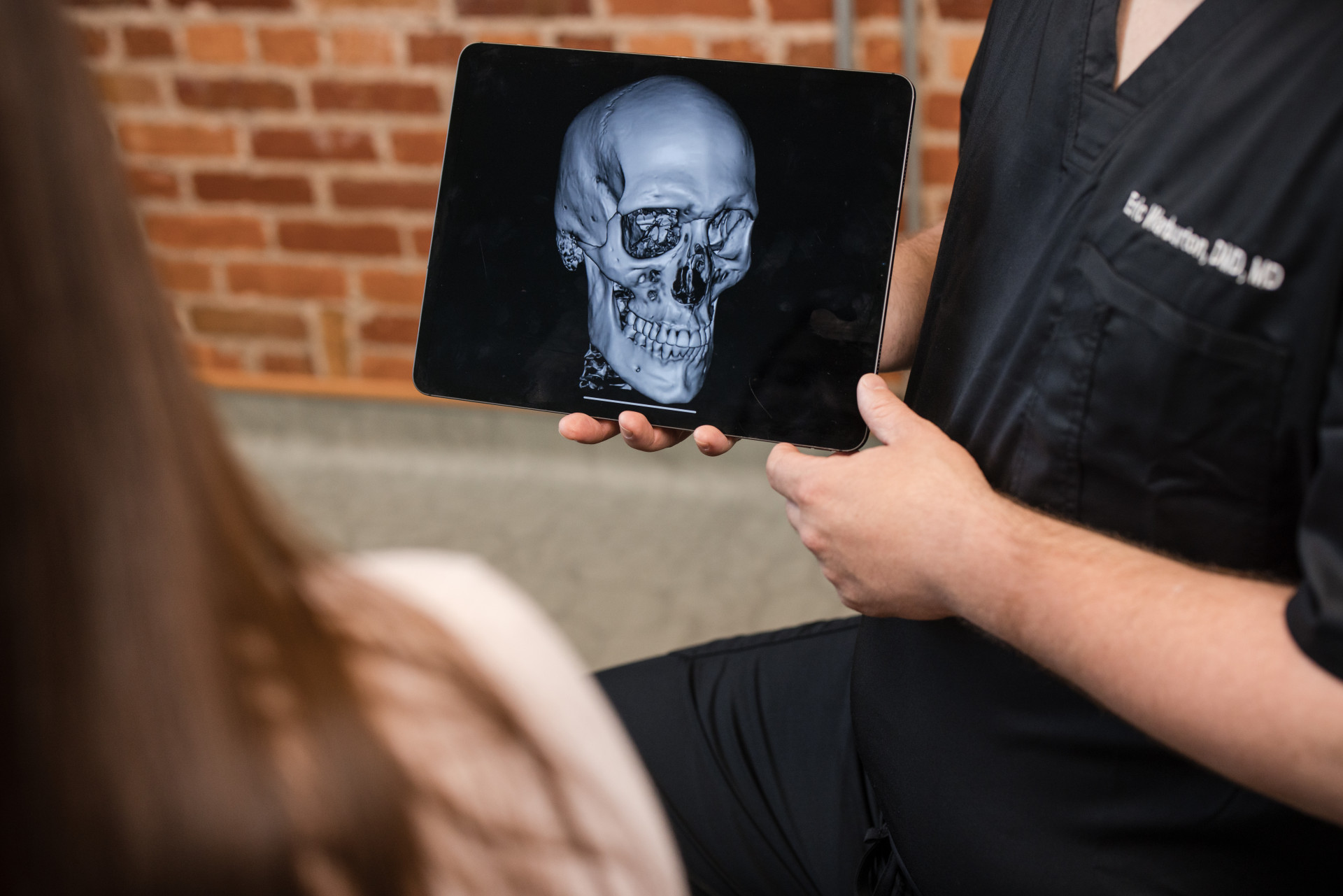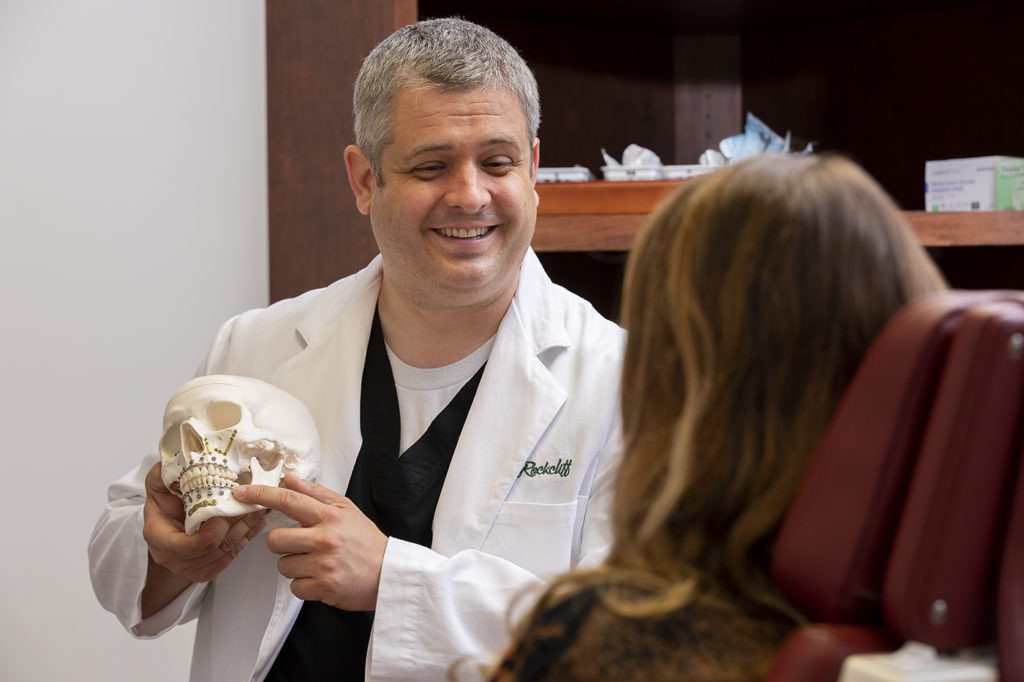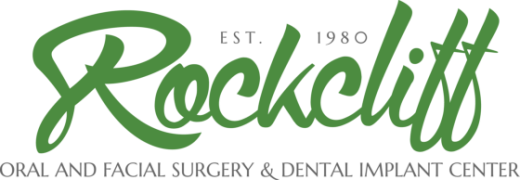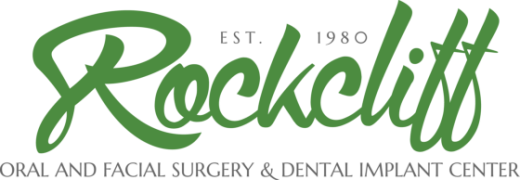What are the steps in treatment for corrective jaw surgery?
Evaluation
The initial consultation lets our providers get to know you, understand your concerns, and create a plan to achieve your goals. You should expect to discuss your medical history, any medications you take, and undergo a brief health review. Your surgeon will perform a physical exam and obtain any necessary x-rays, photographs, or study models. We will describe the surgical process, expected recovery, and answer any questions you may have.
Often medical insurance may cover a portion of your surgery. Our insurance coordinators will work with you to obtain prior authorization for any anticipated surgery. We are in network with Blue Cross Blue Shield of North Carolina.
Pre-surgical Orthodontics
Your orthodontist and surgeon will work closely with you to come up with the best solution to realign your jaws and teeth. In preparation for surgery your orthodontist will place braces on your teeth. Your teeth will then be moved into position to match the new bite that you will have after surgery. This can temporarily make your bite seem worse. Braces may be required for 6-18 months before you are ready for surgery.
Surgery
Repositioning the upper or lower jaws requires precise planning and implementation. We use the latest 3D imaging technology to assess your facial bones and precisely plan the position of your jaws. Custom surgical guides are then fabricated to obtain more accurate outcomes with shorter surgery time.
Each surgery takes place at Mission Hospital under general anesthesia to maximize your comfort. Surgery is performed using incisions inside of your mouth so no facial scars are visible. Cuts are made in your upper or lower jaws, allowing them to be moved into the correct position. The bones are then held in place with small titanium plates and screws. Guiding elastics are used at the end of the case to help direct your teeth into your new bite.
Recovery
Most patients will stay in the hospital for 1-2 days after surgery and then go home. Depending on the type of surgery you have, you will likely go back to work or school after 2 weeks.
You will be limited to a very soft, no-chew diet for 6 weeks. This will initially consist of foods such as grits, yogurt, eggs, soups, and smoothies. Once cleared by your surgeon, you will eventually transition to foods that require slight chewing such as pancakes, well cooked pasta, or fish. After 6 weeks you can typically start to work towards a regular diet.
While you are healing you will need to avoid any strenuous physical activity. Most people will take the first 1-2 weeks to rest at home. When you feel comfortable you can resume some work or school activities. We ask that you do not participate in team sports or strenuous exercise until your facial bones are fully healed.
Post-surgical Orthodontics
Once your facial bones have healed, your orthodontist will move your teeth into your new bite. This final stage of treatment will help finalize the position of your teeth and perfect your new smile.
Understanding Jaw Surgery
Rockliff lies at the forefront of jaw surgery, leveraging the latest advancements in technology and expertise to deliver exceptional outcomes for their patients. The center’s oral and maxillofacial surgeons specialize in the diagnosis, treatment, and correction of complex jaw alignment issues. Rockliff offers patients cutting-edge solutions for addressing conditions such as asymmetrical jaws, sleep apnea, and orthognathic problems. Through a comprehensive and multidisciplinary approach, the oral surgeons at Rockliff work closely with patients to develop personalized treatment plans that combine orthodontics, surgery, and advanced diagnostic tools to achieve optimal outcomes and transform lives.
Rockliff ‘s oral and maxillofacial surgeons stay current with the latest techniques and best practices through ongoing education and training, allowing them to provide comprehensive solutions for complex jaw-related issues, participating in monthly case-sharing conferences, where they discuss complex cases, share techniques, and review pre- and post-operative evaluations to continually improve outcomes and assessments. These conferences foster collaboration, knowledge-sharing, and staying up-to-date on the latest developments in the field. This commitment to innovation enables them to deliver exceptional patient care and life-changing outcomes.
What is Corrective Jaw Surgery?
Corrective jaw surgery, also known as orthognathic surgery, is a complex procedure that involves correcting various conditions and issues related to the upper and lower jaws. “Jaw surgery is required anytime the teeth don’t fit together. Sometimes the teeth don’t fit together not only because the teeth are not in the right spot but because the jaws are not in the right spot. That oftentimes has a lot of other benefits to it because once we can get the teeth into the appropriate alignment we often can balance the face,” says Dr. Burgon. These conditions can have a significant impact on a person's overall health, function, and appearance. For instance, some individuals may be born with conditions that cause their jaws to grow at different rates, leading to asymmetry, functional, and aesthetic problems. Others may experience mandibular retrognathism, where the lower jaw is smaller than normal, or prognathism, where the lower jaw is larger than normal.
In some cases, patients may have congenital skeletal and dental malocclusions, where their jaw grows in an asymmetrical way from birth, making it difficult for orthodontics alone to correct the bite. Additionally, functional challenges such as overbite, underbite, or open bite can also necessitate jaw surgery. These functional challenges can lead to difficulties with eating, speaking, and even breathing. They can also cause temporomandibular joint dysfunction, myofascial pain, and sleep apnea.
Corrective jaw surgery is a highly personalized procedure that requires a thorough evaluation of each patient's unique needs and anatomy. To develop a customized treatment plan, Oral surgeons at Rockliff meet with their patients for a one-hour consultation, then conduct a comprehensive assessment that includes gathering medical history, performing a physical examination, and utilizing diagnostic imaging techniques such as radiographs and cone beam CT scans. With this data, surgeons can then determine the best course of action, that can improve oral health and enhance aesthetics.

To address these issues, various types of jaw surgeries are performed. Lower jaw surgeries include procedures such as Bilateral Sagittal Split Osteotomy (BSSO), Intraoral Vertical Ramus Osteotomy (IVRO), and Subapical Osteotomy. Upper jaw surgeries may involve multiple pieces including Lefort Osteotomies. Dr. Burgon expands upon this by saying, "The upper jaw can either be moved forward, backward or widened. The lower jaw surgery can be performed so the lower jaw slides forward or backward, and there’s a couple different techniques or ways you can do that to line that up.” The key to successful jaw surgery is careful planning and execution. Patients have three options: leaving their bite unchanged, camouflage treatment, or a combined approach that involves orthodontic alignment followed by surgical correction. The latter often yields the most optimal results in terms of balance, proportion, symmetry, and function. By evaluating each patient's unique situation and developing a tailored treatment plan, oral surgeons can help their patients achieve improved oral health and overall well-being.
"The upper jaw can either be moved forward, backward or widened. The lower jaw surgery can be performed so the lower jaw slides forward or backward, and there’s a couple different techniques or ways you can do that to line that up.”
- Dr. Burgon
The use of advanced imaging technology plays a vital role in the planning and execution of jaw surgery at Rockliff. This cutting-edge approach enables oral and maxillofacial surgeons to achieve precision and accuracy, resulting in faster procedures and more predictable outcomes. The integration of 3D scanning and virtual surgical planning allows patients to visualize the anticipated results of their surgery, providing greater peace of mind and increased satisfaction. This innovative technology also replaces traditional impression-taking methods, providing a more accurate and detailed understanding of the patient's anatomy. By virtually planning and simulating the procedure before performing the actual surgery, oral surgeons can anticipate and address potential issues beforehand, refine their techniques, minimize potential complications, and ensure a smoother recovery for patients. This technology enables surgeons to significantly reduce the risk of errors and complications, providing patients with greater peace of mind.
Oral surgeons at Rockliff prioritize patient comfort and confidence by addressing concerns and anxieties before surgery. By identifying and addressing concerns ahead of time, patients can feel prepared for a stress-free recovery and optimal outcomes. A long track record of safety in jaw surgery at Rockliff instills confidence, emphasizing the importance of proper medical clearance and screening. To further minimize risk, surgeons work closely with patients to ensure post-operative compliance, providing guidance and care to facilitate a smooth recovery.
What to Expect
Rockliff performs complex jaw surgeries in a hospital setting, where trusted anesthesia teams and hospital staff provide exceptional care and attention to detail. Rockliff's’ skilled team of board-certified oral and maxillofacial surgeons has extensive experience in performing jaw surgeries, from simple to complex cases. They stay up-to-date with the latest research and advancements in the field, ensuring patients receive the most effective and minimally invasive treatments. With Rockliff, patients can trust they are receiving expert care from a highly experienced team.
Patient preparation is a crucial aspect of jaw surgery care. Pre-operatively, patients receive detailed instructions on medication management, pain control, dietary restrictions, and physical activity guidelines to minimize complications and ensure a smooth recovery. After surgery, patients receive ongoing support through regular check-ins and access to a dedicated phone number for questions and concerns. This personalized attention alleviates anxiety and uncertainty, enabling patients to focus on their recovery and achieve optimal outcomes.
Oral surgeons also educate patients on essential aspects of recovery, including nutrition, sleep, hygiene, and exercise. Patients receive dedicated care from their surgeon with follow-up appointments scheduled. Dr. Burgon elaborates, “Typically patients will stay with us, in the hospital, overnight for one night, or they may go home that same day. Then post-operatively I see the patients on day one, week one, week two, week four, and week six. And so each of those little steps we have little goals that we’re trying to get to.” He also notes that the majority of healing happens in the first week or two, with patients returning to daily activities by week three and resuming a normal diet by the end of the first month. Patients are advised to follow a soft food diet and take prescribed medication during this time.
"Post-operatively I see the patients on day one, week one, week two, week four, and week six. And so each of those little steps we have little goals that we’re trying to get to.”
- Dr. Burgon
Oral and maxillofacial surgeons collaborate with orthodontists to ensure optimal alignment of the teeth, both pre-and post-operatively. This collaborative effort requires effective communication and sharing of patient records, notes, and recommendations between specialists. This collaborative approach ensures that teeth are properly aligned before surgery and that any necessary adjustments are made post-operatively. By working together, oral surgeons, orthodontists, and other specialists provide patients with exceptional care and support throughout their recovery process.
At Rockliff, jaw surgery has the power to transform lives, and is evident in the remarkable stories of patients who have undergone these life-changing procedures. Dr. Burgon had a special experience with a shy patient with a class two underbite. Rockliff performed an upper and lower procedure on her, pulling the lower jaw forward to achieve a much more harmonious bite, balancing her facial aesthetics. He recalls after surgery she was elated with her new look, resulting in a new sense of self-assurance. This increased confidence was not limited to her physical appearance, but rather had a profound impact on her overall well-being, permeating various aspects of her daily life and outlook. “With corrective jaw surgery we have the benefit of doing it for functional reasons, but it also has the benefit of having an aesthetic change that oftentimes people find very favorable,” says Dr. Burgon. When oral surgeons plan these cases, they always make sure they’re balancing the forehead, nose, upper and lower jaw, and chin. This has the advantage of taking insecurities and correcting them and a patient's functional issues that are often immediately transformative.
“With corrective jaw surgery, we have the benefit of doing it for functional reasons, but it also has the benefit of having an aesthetic change that oftentimes people find very favorable.”
- Dr. Burgon
For the oral and maxillofacial surgeons at Rockliff, performing jaw surgery is a profoundly rewarding experience. The opportunity to alleviate patients' suffering and transform their lives is a constant source of inspiration and motivation. Seeing patients overcome the physical and emotional challenges associated with jaw misalignment, sleep disorders, and other conditions is a testament to the power of their expertise and dedication. Oral surgeons take great pride in knowing that their work is not only improving patients' physical health but also enhancing their overall well-being, confidence, and quality of life. The sense of fulfillment that comes from witnessing patients' newfound ability to eat, sleep, and live comfortably is a reward that far exceeds the challenges of the surgical process itself. By taking a personalized approach to corrective jaw surgery, orthognathic surgeons can help patients achieve optimal alignment and function, enhancing their overall quality of life.






